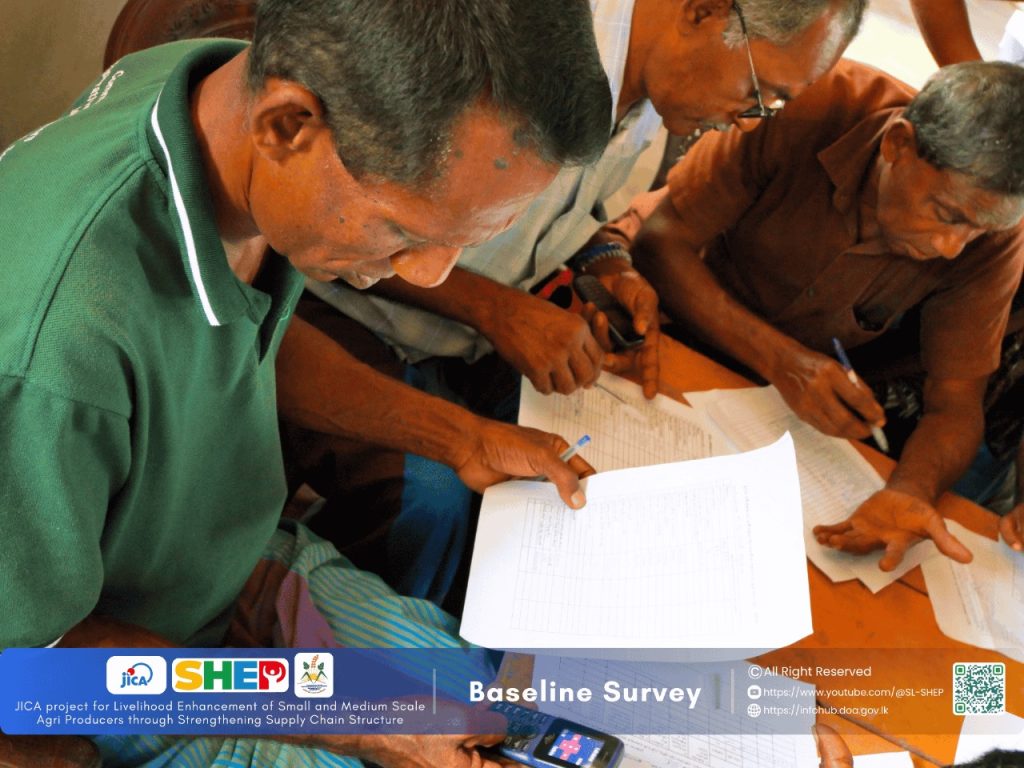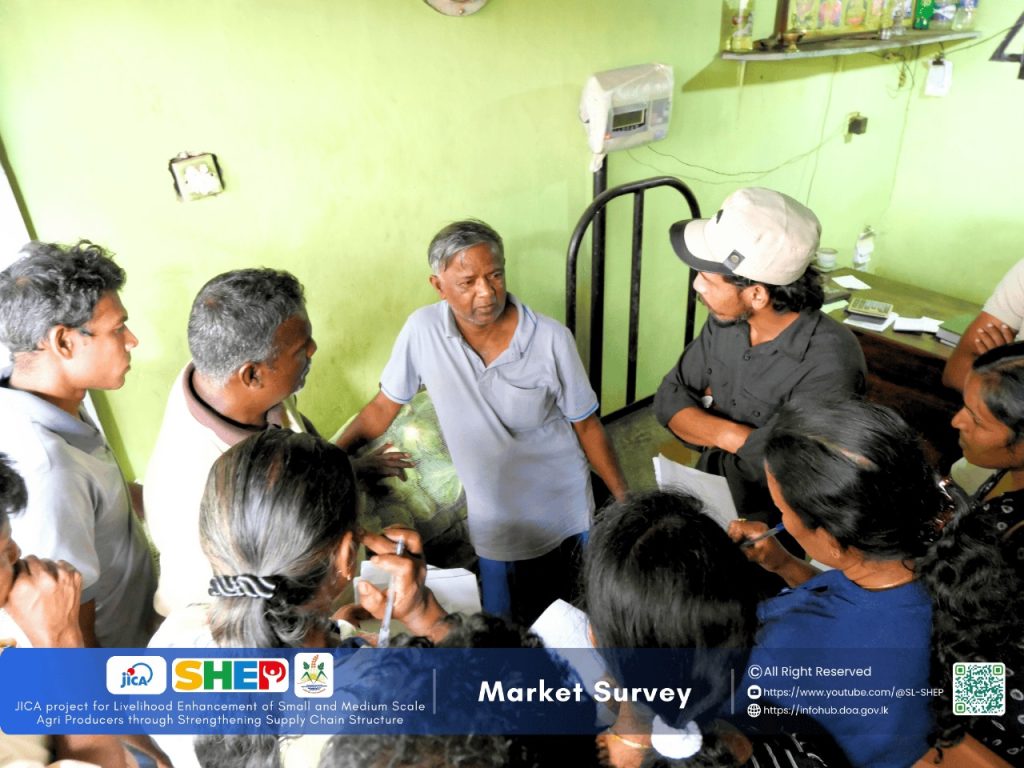SHEP is based on two pillars which are considered as the backbones of it. The first pillar is addressed the “promotion of farming as a business” that is governed by the macro-economic theory called Market with Asymmetric information” while the second pillar support “empowering and promoting of farmers” with the help of the psychological theory called Self-Determination Theory”.
SHEP main strategy is to materialize market-oriented agriculture in oppose to production-oriented agriculture by keeping people motivated by supporting their needs for autonomy, competence or relatedness as proposed by the self-determination theory. Activities under SHEP approach have been designed in to 4 essential steps for developing the capacities of target farmers so as to fulfill these both requirements.
STEP 1: Sharing Goal with Farmers:
In the first step, sensitization workshops are organized to share the goal and the vision with farming communities in the target areas. Farmers are explained that only the technical assistance are provided for SHEP target farmers and no any materialistic or financial assistance are provided. Then, Target farmers for farmer groups are determined by following the selection criteria developed mutually by the DOA and the project.
STEP 2: Raising Awareness by the Target Farmers:
Activities in the second step includes Participatory Baseline Survey, Stakeholder Forum, Market Survey. By conducting Participatory baseline survey by target farmers themselves provide a chance to target farmers to enhance their understanding about the existing economical and technical levels. Target farmers held stakeholder forum and get an awareness about business opportunities available for them and build relationship with market stakeholders. Market survey is conducted to know how the market is functioning, what the market is expected from horticultural producers, and to create win-win situation for both buyers and producers.
In addition to the above awareness enhancement, farmers are given an opportunity to undergo gender awareness training that increase their knowledge to integrated decision making, reviewing gender roles and equal opportunities for male and female members of families.
STEP 3: Decision Making by Farmers:
Selection of target crops and preparation of crop calendars & training plans are accomplished in the third step. Target farmers identify the crops with high market demand and agree to produce & send to the market as a group under the selection of target crop. When farmers prepare the crop calendar, target farmers are able to plan future activities of production and marketing of target crops. Farmers can schedule the relevant technical trainings which are determined as training needs by the farmer group by making a training schedule.
STEP 4: Acquiring Skills by Farmers:
Farmers acquire the practical knowledge and skills required for the production of horticultural crop selected by the farmer groups. This is achieved through the in-field training conducted by the extension staff of the target areas. In-field trainings should be based on the demands of farmers (demand driven training) and then farmers can adopt immediately and apply the technologies in their farms.
In implementing the above 4 steps of SHEP, 3-week online training programme is carried out for selected Master Trainers (MTs) from each of target project districts. These trained MTs conduct a 3-day TOT program for the district field extension staff (AIs/TAs) who are responsible for each of SHEP target farmer group. Responsible AIs/TAs are implementing the SHEP trainings including in-field trainings for the respective group.
This structured approach improves farming, strengthens market linkages, and promotes sustainable livelihoods for smallholder farmers.



















2 Responses